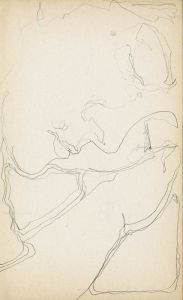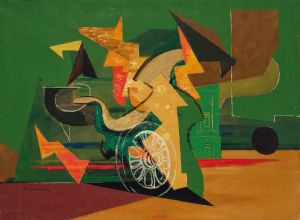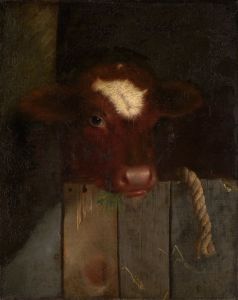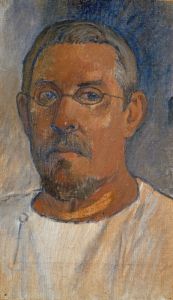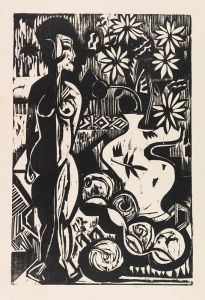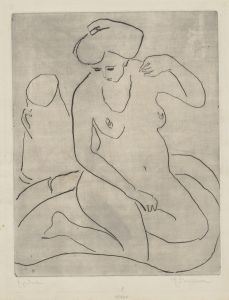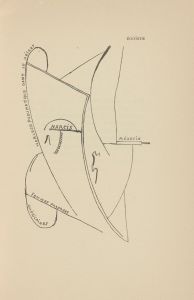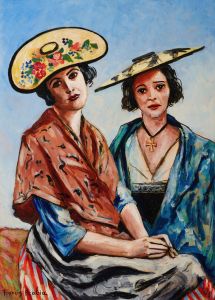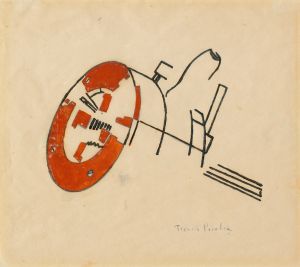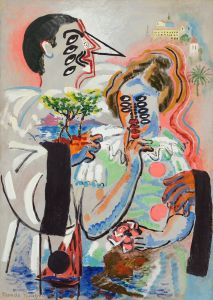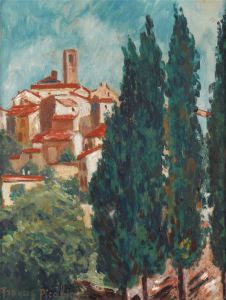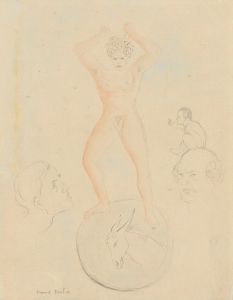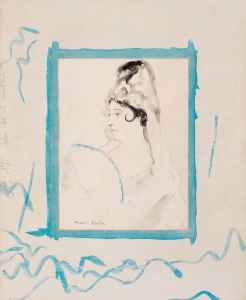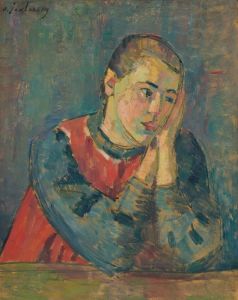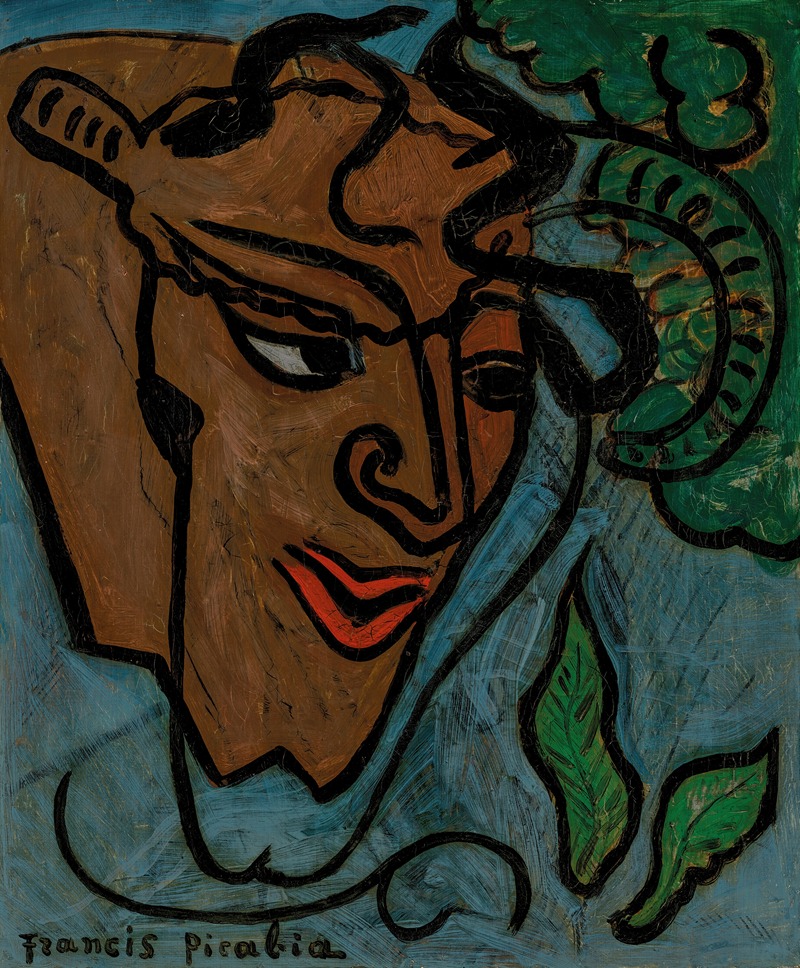
Tête de faune
A hand-painted replica of Francis Picabia’s masterpiece Tête de faune, meticulously crafted by professional artists to capture the true essence of the original. Each piece is created with museum-quality canvas and rare mineral pigments, carefully painted by experienced artists with delicate brushstrokes and rich, layered colors to perfectly recreate the texture of the original artwork. Unlike machine-printed reproductions, this hand-painted version brings the painting to life, infused with the artist’s emotions and skill in every stroke. Whether for personal collection or home decoration, it instantly elevates the artistic atmosphere of any space.
Francis Picabia's "Tête de faune" is a notable work within the artist's diverse and eclectic oeuvre. Picabia, a French avant-garde painter, was known for his involvement in various art movements, including Impressionism, Cubism, Dada, and Surrealism. His ability to traverse different styles and his penchant for experimentation are evident in many of his works, including "Tête de faune."
"Tête de faune" was created in 1924, a period when Picabia was deeply engaged with the Dada movement, which he helped to pioneer. Dada was an avant-garde movement that emerged in the early 20th century as a reaction against the horrors of World War I and the perceived shallowness of the art world. It was characterized by its anti-establishment ethos, embracing absurdity, and challenging traditional artistic norms.
The painting "Tête de faune" reflects Picabia's interest in classical mythology and his inclination towards abstraction. The title translates to "Head of a Faun," referring to the mythological creature that is part human and part goat, often associated with rustic music and revelry. This subject matter aligns with Picabia's fascination with themes of transformation and hybridity, which he explored throughout his career.
In "Tête de faune," Picabia employs a style that blends elements of abstraction with figuration. The painting is characterized by its bold use of color and dynamic composition, which are hallmarks of Picabia's work during this period. The faun's head is depicted with a sense of movement and fluidity, suggesting a departure from strict representational forms. This approach is consistent with Picabia's Dadaist tendencies, where the emphasis was on disrupting conventional perceptions and embracing the irrational.
Picabia's work during the 1920s, including "Tête de faune," often incorporated a playful and irreverent attitude towards art-making. He was known for his ability to merge high and low art, drawing inspiration from a wide range of sources, including popular culture, mechanical diagrams, and classical motifs. This eclecticism is evident in "Tête de faune," where the mythological subject is rendered in a manner that defies traditional artistic conventions.
The painting is also indicative of Picabia's broader artistic philosophy, which rejected the notion of a singular, cohesive style. Instead, he embraced multiplicity and contradiction, often shifting between different modes of expression. This approach allowed him to remain at the forefront of the avant-garde throughout his career, influencing subsequent generations of artists.
"Tête de faune" is part of Picabia's legacy as a pioneering figure in modern art. His willingness to challenge artistic boundaries and his innovative spirit continue to be celebrated in art historical discourse. The painting exemplifies his ability to synthesize diverse influences into a unique and compelling visual language, making it a significant work within his body of art.
Overall, "Tête de faune" is a testament to Francis Picabia's role as a key figure in the development of 20th-century art, reflecting his dynamic approach to creativity and his enduring impact on the avant-garde.





